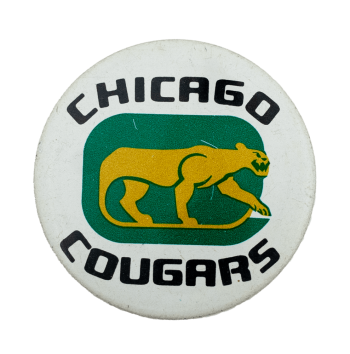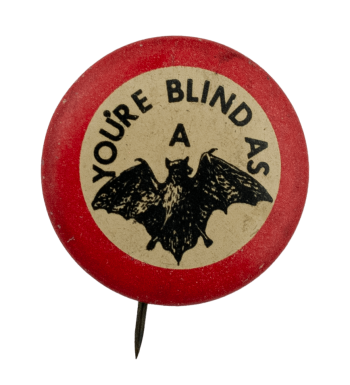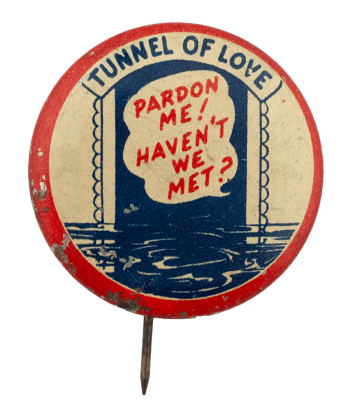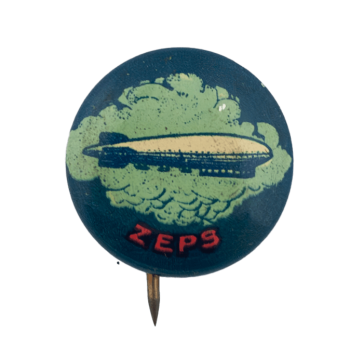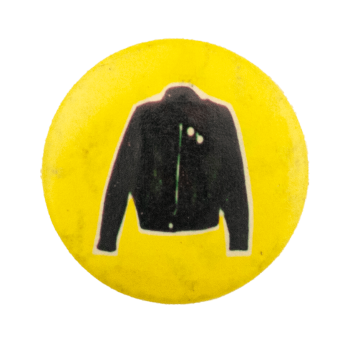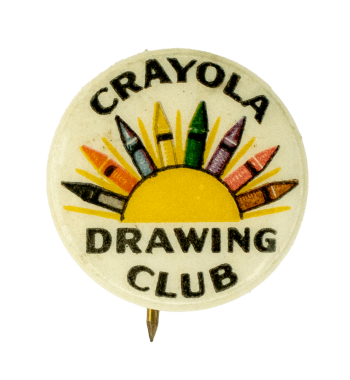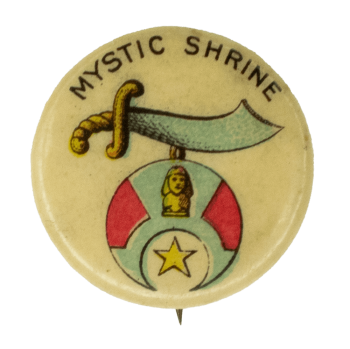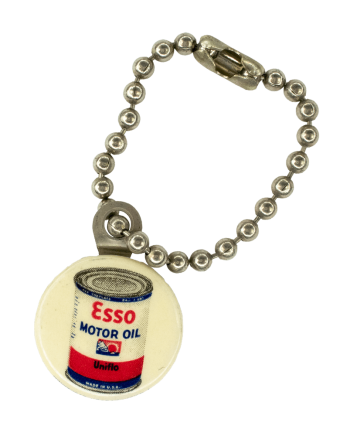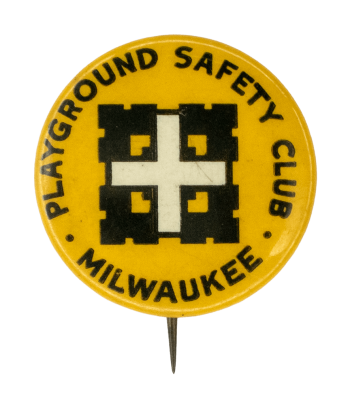Cobweb Old Store Stock Warehouse. (2023a). Vintage 1940-1950’s in the mood novelty funny pinback button old store stock [eBay listing]. eBay. https://ebay.us/m/RymdSF
Cobweb Old Store Stock Warehouse. (2023b). Vintage 1940-1950’s pardon haven’t we met novelty funny pinback button old store stock [eBay listing]. eBay. https://ebay.us/m/kHGPRM
Midcentury Moderation. (2025). Humor pin button gag gift joke cartoon novelty sex tunnel of love mid century modern retro vintage [item listing]. https://midcenturymoderation.com/humor-pin-button-gag-gift-joke-cartoon-novelty-sex-tunnel-love-mid-century-modern-retro-vintage/
Ruby Mae Rose. (n.d.). 30s 40s novelty metal pinback • 1930s 1940s vintage pin [Etsy listing]. Etsy. https://www.etsy.com/listing/1733844380/30s-40s-novelty-metal-pinback-1930s
Small Vintage Vending. (n.d.). Penny King. http://www.smallvintagevending.com/third/penny_king.html
Worth Point. (n.d.-a). Vintage 1940-1950’s treat em rough novelty funny pinback button old stock [marketplace listing].



